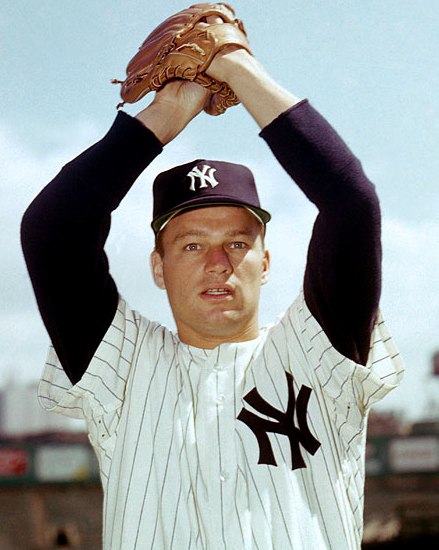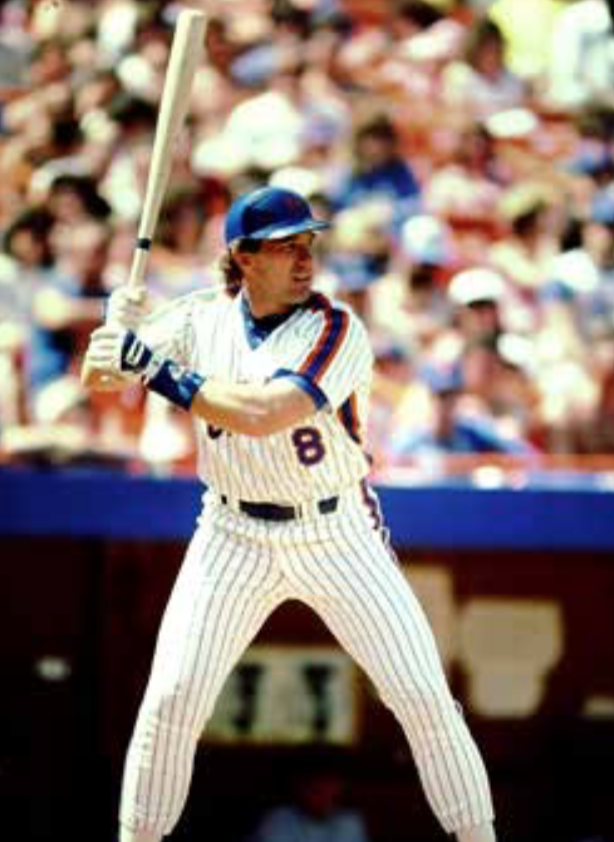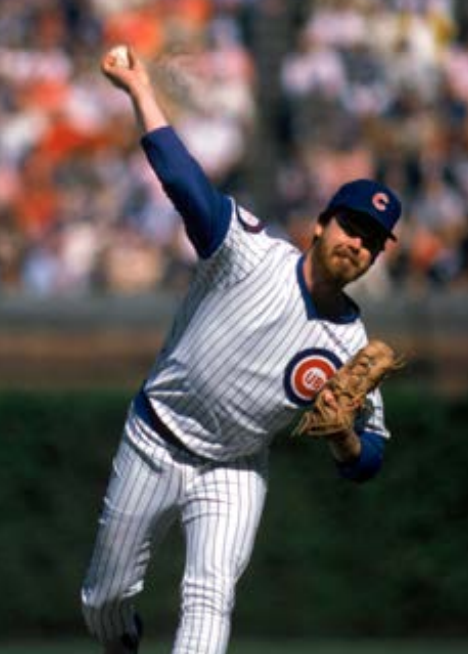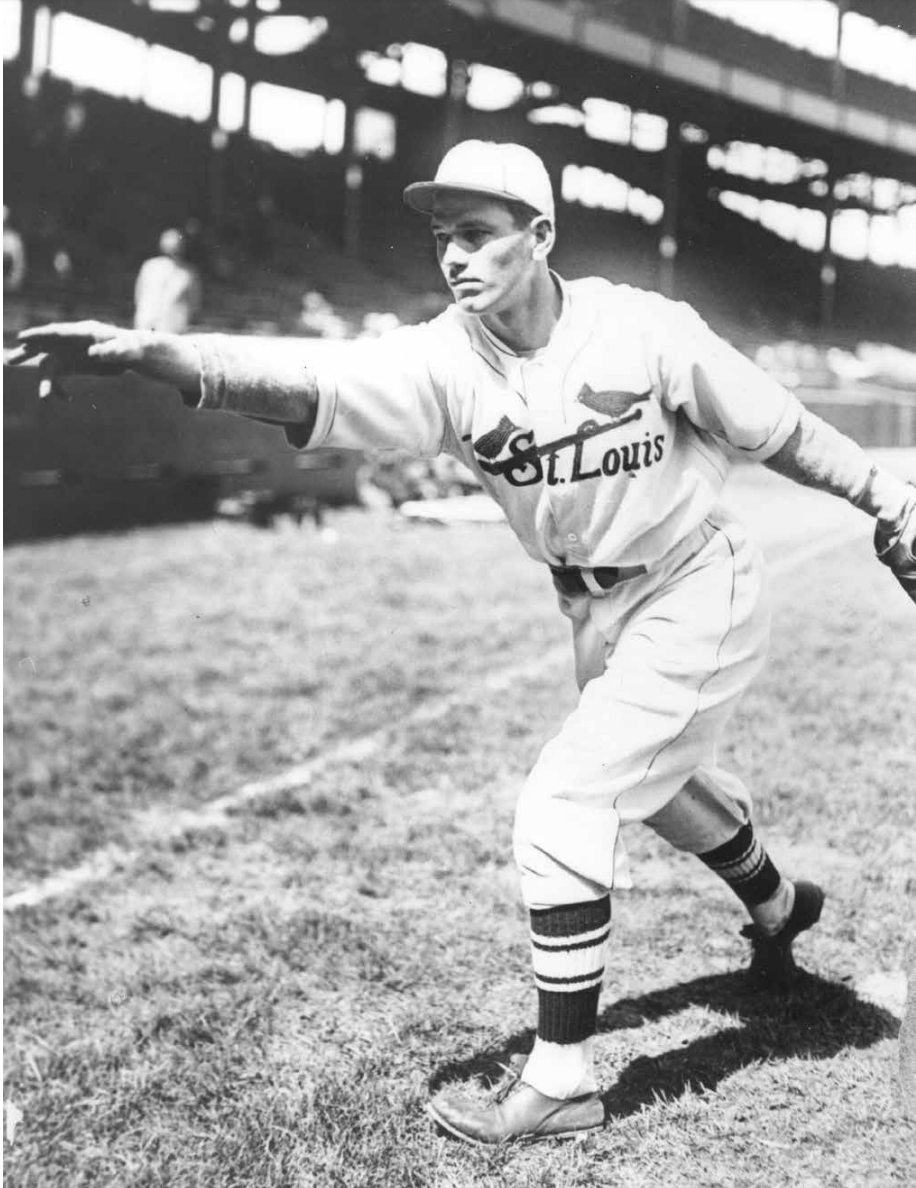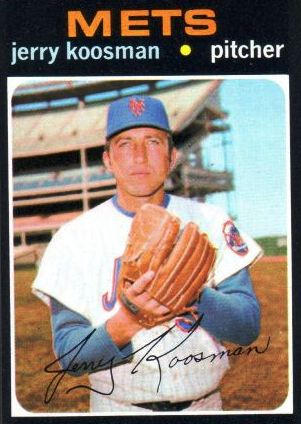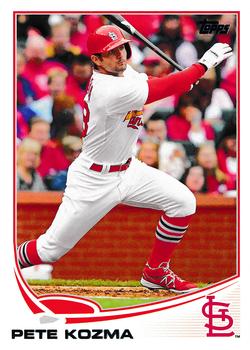October 6, 1973: Bench’s walkoff homer lifts Reds over Mets in Game 1
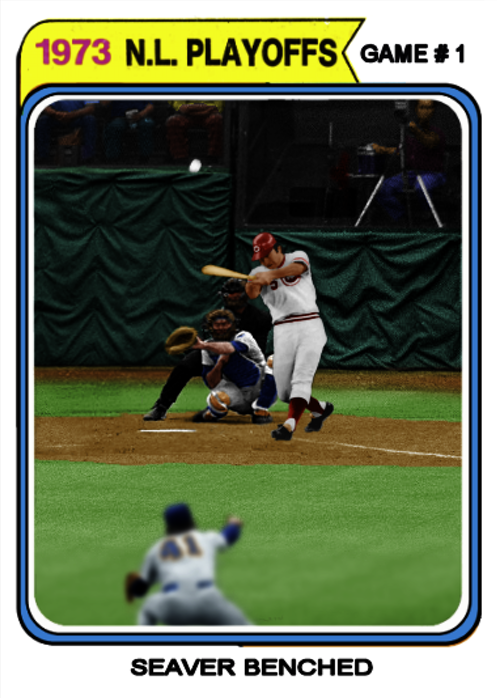 October had arrived. The New York Mets and the Cincinnati Reds were ready to determine who would be the National League champion. The Mets made the playoffs with an 82-79 record. On July 31, they were in last place in the East Division. After the Mets chairman, M. Donald Grant, gave the players a bland pep talk in early August, reliever Tug McGraw suddenly sprang to life and carried on Grant’s speech with heavy emphasis on the phrase “You gotta bee-lieve!”1 It seemed to work; the Mets finished the season on a 38-11 run and won the division.
October had arrived. The New York Mets and the Cincinnati Reds were ready to determine who would be the National League champion. The Mets made the playoffs with an 82-79 record. On July 31, they were in last place in the East Division. After the Mets chairman, M. Donald Grant, gave the players a bland pep talk in early August, reliever Tug McGraw suddenly sprang to life and carried on Grant’s speech with heavy emphasis on the phrase “You gotta bee-lieve!”1 It seemed to work; the Mets finished the season on a 38-11 run and won the division.
The Reds were looking to claim their second league championship in as many years. They had beaten the Pittsburgh Pirates on a wild pitch in 1972 but lost to the Oakland A’s in the 1972 World Series. They came back to win 99 games in 1973 and sported the best record in baseball. After the Mets clinched their division on the final weekend of the year, Joe Morgan said: “For some reason, people seem to think we’re afraid of the Mets. I don’t understand it.”2
Most observers did not give the Mets much of a chance. “Those folks from New York have been trying to resurrect the 1969 Miracle Mets mania,” wrote Hal McCoy of the Dayton Daily News.3 With the “Big Red Machine” in full stride, many expected the series to be over in three games. But the Mets were not ready to give up that easily. “They beat us badly during the season. But we were hurt every time, and they haven’t played us since we got healthy. If I’m an oddsmaker, I got to favor them. But on the field, I favor us,” outfielder Rusty Staub told reporters.4
The Mets sent Tom Seaver to the mound. The hard-throwing right-hander had finished the season with a 19-10 record and had the lowest ERA in the league (2.08). But he had not beaten the Reds in his previous three outings against them. Adding to the Mets’ concerns was the fact that Seaver’s pitching shoulder had become sore in the final weeks of the season. “For the last month, I didn’t have my stuff and I didn’t know where it was going, anyway. It’s tough trying to pitch like that,” Seaver said.5
The Reds starter was Jack Billingham. He had also finished the season with a 19-10 record that included two wins against the Mets, each by one run. Billingham led the league in shutouts (shutouts) and innings pitched (293.1).
It was a pleasant fall afternoon with a temperature of 70 degrees as 53,341 fans piled through the turnstiles at Riverfront Stadium. The Mets’ Wayne Garrett led off with a single and moved to second when Felix Millan laid a sacrifice bunt down the first-base line. After Billingham walked Staub, John Milner hit a single to center field. The ball flew off the artificial turf but speedy center fielder Cesar Geronimo nabbed it quickly enough to hold Garrett at third. Cleon Jones ended the Mets’ chances when he grounded into a double play.
After Seaver got out the Reds in order, the Mets had another chance to grab the lead in the second. Bud Harrelson walked with two outs. Seaver doubled to center field and the swift Harrelson scored. The Mets had a 1-0 lead. It was the only run Billingham would allow all afternoon.
The Reds’ first opportunity came when Seaver gave up a double to Johnny Bench in the bottom of the second inning. After hitting Ken Griffey with a pitch, Seaver struck out the next two batters to end the threat. The Reds had another chance in the fourth when Dan Driessen led off with a double down the left-field line. Once again, Seaver maintained his composure. He got Tony Perez to fly out to right field before striking out Bench and Griffey to end the inning.
After that, the pitchers controlled the game. By the seventh inning, Seaver had his 11th strikeout, breaking the playoff record that had been set by the Pittsburgh Pirates’ Steve Blass two years earlier. He didn’t show any signs of slowing down. Sparky Anderson said he thought that “[i]t looked like [the one run] was going to be enough,” adding, “Seaver’s the best in the league, and he looked strong enough to make it hold up.”6
Billingham left for a pinch-hitter in the eighth inning. When Anderson removed him, he had retired 16 Mets in a row and allowed only three hits. But the Reds still had to score with the game winding down or he would be the losing pitcher. Pinch hitter Hal King struck out. At this point, Seaver called time out. He ran to the dugout and replaced a pad in his right shoe. The pad protected his foot, which Seaver dragged along the ground as he finished his throw. While this was taking place, Pete Rose waited in the batter’s box.7
After battling Seaver to a 2-and-2 count, Rose hit a home run. Rose had hit just five home runs all season. His first had been off Seaver on May 2 in a 1-0 victory. Rose now beat Seaver again. Suddenly the game was tied, 1-1. “He was pitching me in and out. The pitch before that one was out. This one was in,” said Rose after the game.
Tom Hall came in to pitch the ninth inning for the Reds. After he walked Staub, Anderson pulled him and called in Pedro Borbon from the bullpen. The Reds had used Borbon in 80 games during the season. He saved 14 games, won 11, and finished with 2.16 ERA. Borbon got Milner and Jones to fly out to center field before Jerry Grote grounded out to second.
Seaver returned for the bottom of the ninth inning. Leadoff batter Perez grounded out to shortstop. After taking a ball from Seaver, Bench hit the second pitch over the left-field fence for a walk-off home run. “I don’t feel like I was getting tired. But I might have been,” Seaver said in the locker room after the game.8
Suddenly the Mets were behind in the series, much as they had been all season long. Hal McCoy of the Dayton Daily News wrote: “Bench ended the first game of the National League playoffs as abruptly as possible, cremating a Tom Seaver fastball over the left field wall with one out in the ninth inning for a 2-1 Cincinnati escape act.”9
Although the Mets were down, Seaver spoke for the rest of the team when he told reporters: “I know they finished with a better record than us or anybody else. But in a short series, where all you have to do is win three games, anything can decide it.”10
Sources
In addition to the sources cited in the Notes, the author also used the Baseball-Reference.com, Baseball-Almanac.com, and Retrosheet.org websites for box-score, player, team, and season pages, pitching and batting game logs, and other pertinent material.
http://www.retrosheet.org/boxesetc/1973/B10060CIN1973.htm
http://www.baseball-reference.com/boxes/CIN/CIN197310060.shtml
Notes
1 Ed Attanasio and Eric Gouldsby, “1973: Take My Division, Please,” ThisGreatGame.com, 2017.
2 Joseph Durso, “Mets Open Playoffs Today, Banking on Pitching to Foil Reds,” New York Times, October 6, 1973.
3 Hal McCoy, “Best of Hal: McCoy’s Highlights From Decades Covering the Cincinnati Reds,” Dayton Daily News, November 17, 2016.
4 “Mets Open Playoffs Today.”
5 Joseph Durso, “Seaver Loses, but Strikes Out 13 for Mark,” New York Times, October 7, 1973.
6 Ibid.
7 Ibid.
8 Ibid.
9 “Best of Hal.”
10 “Mets Open Playoffs Today.”
Additional Stats
Cincinnati Reds 2
New York Mets 1
Game 1, NLCS
Riverfront Stadium
Cincinnati, OH
Box Score + PBP:
Corrections? Additions?
If you can help us improve this game story, contact us.


